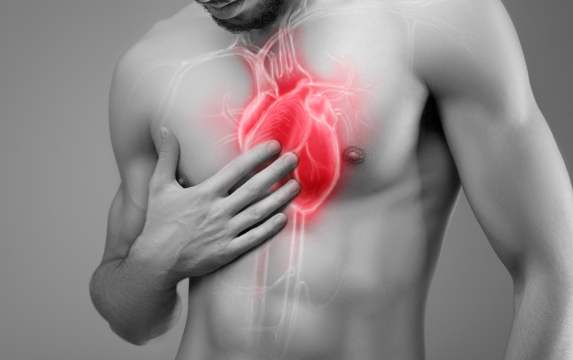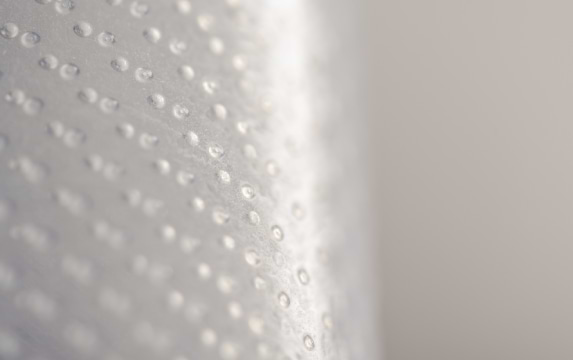It was the ancient Greek physician Hippocrates who claimed that the constant jolting on their horses unfits horseback riders for intercourse. So here are some of the recent (and surprising) research findings, on whether cycling can cause or otherwise prevent, the development of erectile dysfunction
Cycling is considered a sport with many health benefits: while being an environmentally friendly form of transportation, it also improves aerobic fitness, supports heart health, strengthens the leg muscles and even helps burn those extra calories. But despite these benefits, it turns out that when male cyclists spend too much time on a stiff bike seat, they might experience erectile dysfunction (ED).
According to the University of Boston School of Medicine, in the past, numerous cases have been reported of bicyclists with ED or problems with the pudendal nerve which innervates the penis and scrotum. Observational studies have likewise indicated a relatively high prevalence of ED among elite cyclists, who reported penile numbness after prolonged cycling. These effects have been confirmed in research studies that found that prolonged cycling had been associated with enhanced pressure on the perineum (the area located between the annus and the scrotum) and with consequent changes in anatomic structures in this area. Studies of stationary bicycling likewise demonstrated a significant decrease in penile blood flow during seated cycling, and a return to normal blood flow when the rider stands.
What Does the Research Say?
The association between ED and cycling has been demonstrated in the landmark Massachusetts Male Aging Study (MMAS). It was based on a survey of 1,709 men in their 40s to 70s, including a variety of cyclists (“recreational riders”, “occasional riders”, stationary bikers and sport cyclists). This study is unique among those done in relation to cycling and ED, and because it was quite large it allowed the findings to be generalized to the entire population of cyclists.
One of the key findings of the MMAS, was the association between moderate cycling (i.e., up to 3 hours per week) or sport cycling (i.e., 3 hours per week or more) and the development of ED. Why specifically a 3-hour period? Because 3 weekly hours reflect the typical time exposure of stationary bikers in a gym or people who ride their bike daily to work.
The results of the study showed that men who cycle at least 3 hours weekly were at risk of developing moderate or complete ED. The bigger surprise however, was the finding that for men who cycled less than 3 hours weekly or only occasionally, cycling was associated with the prevention of ED development. The researchers assumed that the results reflect the fact that a sedentary lifestyle increases the risk of heart disease and the probability of developing ED.
According to the MMAS results, men who were physically inactive had the highest risk of developing ED, while men who started exercising or who continued exercising throughout the study’s duration, had the mildest form of ED. These results validate the importance of exercise, including cycling: moderate riders were found to have a lower risk of developing moderate or complete ED than men who do not cycle at all, whereas sport cyclists were more likely to have moderate or complete ED.
The MMAS results were further supported by a recent systematic review and meta-analysis (2021), which evaluated the results of 6 research studies encompassing 3,330 cyclists and 1,524 non-cyclists as controls. The authors concluded that after controlling for age and comorbidities, cyclists had higher odds of having ED.
Why Might Cycling Cause ED?
According to the American National Institutes of Health (NIH), one of the theories is that prolonged bicycling puts pressure on the pudendal nerve which carries signals between the genitals and the brain. When sitting on a stiff narrow bike seat for extended periods of time, nerve compression can interfere with the communication between the brain and the genitals and lead to decreased sensation and occasionally ED.
Another theory is that the persistent pressure on the perineum temporarily causes decrease in blood and oxygen supply to the penis and over time it might lead to ED.
In rare cases, an injury to the perineum may damage a penile blood vessel, causing a persistent partial erection (for hours or days). This condition is called priapism and it requires immediate medical treatment. One of the risks associated with priapism is ED.
Simple Precautions to Reduce ED Risk While Cycling
- Use a relatively wider saddle with extra padding (sponge or gel) to supports the perineum.
- Ensure the bike seat is at the correct height to the rider. If the legs are fully extended when pedaling then the seat should be adjusted, as the fully extended legs put more pressure on the genitals.
- Consider lowering the handlebars, as leaning forward can relieve the pressure on the perineum.
- Consider wearing padded shorts for extra protection of the perineum and genitals.
- On longer rides it is recommended to take regular breaks, to occasionally alter the position on the bike, while riding standing periodically.
- Cut back on training intensity – fewer hours per each cycling session.
- In case of loss of sensation, penile numbness or tingling, it is advisable to stop riding until symptoms improve and to consult a physician.
In conclusion, it’s important to bear in mind that overall, cycling has tremendous health benefits, particularly in light of the worldwide obesity epidemic which raises the risk of cardiovascular disease and ED. Therefore, men do not have to give up cycling altogether, but rather, they should take the necessary precautions when it comes to prolonged intense rides. Likewise, if you do experience ED, cycling may not be its root cause and it’s important to be aware of other possible ED causes, such as heart disease, nerve problems or diabetes. Therefore, if erectile problems persist, professional diagnosis and medical care should be sought.
The Company hereby clarifies that the information contained on the website is for informational purposes only, and is not intended to be a substitute for professional medical and healthcare advice, and does not constitute medical advice or opinion. Always seek the advice of your physician or other qualified health provider with any medical condition or question you may have regarding a medical condition.





